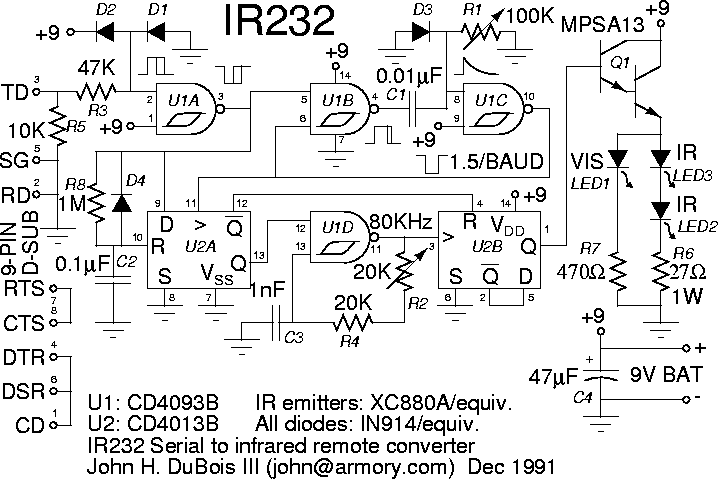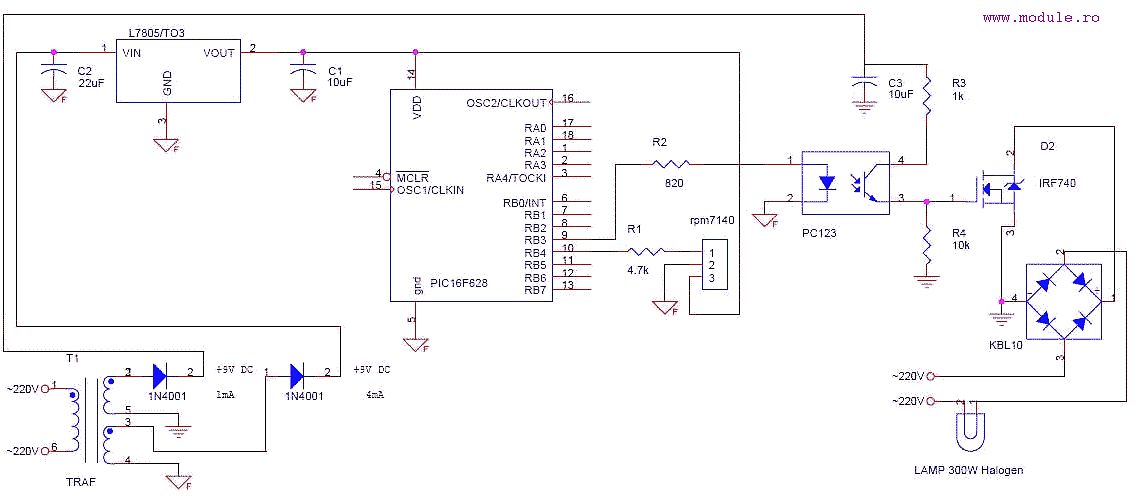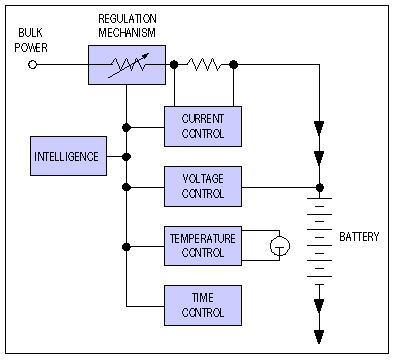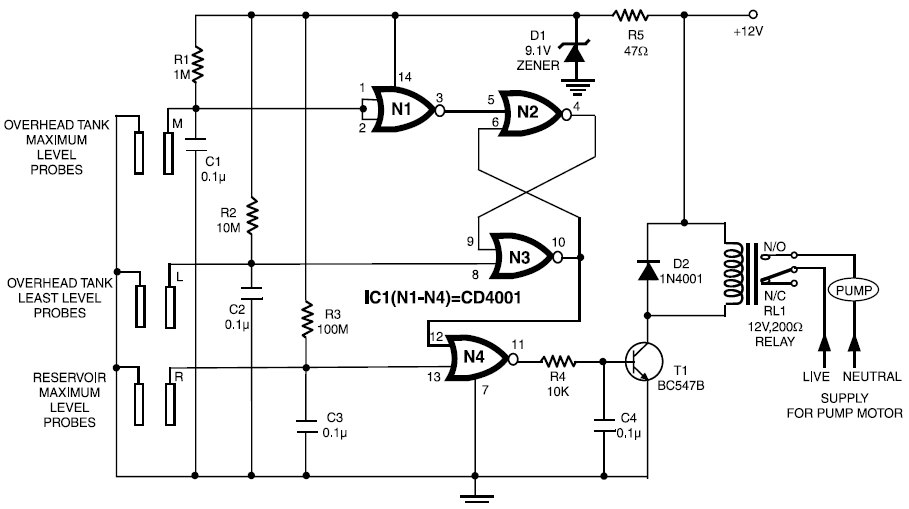
A Serial Infrared Remote Controller

This is a simple, cheap device that can be connected to any serial port to control most components that have infrared remote controls. I designed and built it on a solderless breadboard in 1991. In 1992 I wrote a lengthy description of it for an electronics class. In 1994 I finally designed a PC board for it, using a free, X-based PC board design program called pcb, and in 1995 I etched several of the boards and made the final product.
The described device functions as an infrared (IR) remote control interface that connects to a computer's serial port, allowing the user to send commands to various components equipped with IR receivers. The device is designed to be cost-effective and straightforward, making it accessible for hobbyists and educational purposes.
The schematic of the device typically includes a microcontroller, which serves as the central processing unit to interpret commands sent from the serial port. The microcontroller is connected to an IR LED, which emits infrared signals corresponding to the commands that are intended for remote-controlled devices. The serial port connection is achieved through a standard RS-232 interface, which may require level shifting to ensure compatibility with the microcontroller's logic levels.
Additional components may include resistors and capacitors to stabilize the power supply and filter noise, as well as a transistor to drive the IR LED at the necessary current levels. The layout of the printed circuit board (PCB) would have been designed to minimize interference and ensure reliable operation of the IR transmission.
This device can control a variety of appliances, such as televisions, DVD players, and other consumer electronics that utilize infrared remote controls. By programming the microcontroller with the appropriate codes for each device, users can create a universal remote control solution that can be tailored to specific needs. The development process, from breadboarding to PCB design and etching, illustrates a practical approach to electronics design and prototyping.This is a simple, cheap device that can be connected to any serial port to control most components that have infrared remote controls. I designed and built it (on a solderless breadboard) in 1991. In 1992 I wrote a lengthy description of it for an electronics class. In 1994 I finally designed a PC board for it, using a free, X-based PC board design program called pcb, and in 1995 I etched several of the boards and made the final product.
🔗 External reference
The described device functions as an infrared (IR) remote control interface that connects to a computer's serial port, allowing the user to send commands to various components equipped with IR receivers. The device is designed to be cost-effective and straightforward, making it accessible for hobbyists and educational purposes.
The schematic of the device typically includes a microcontroller, which serves as the central processing unit to interpret commands sent from the serial port. The microcontroller is connected to an IR LED, which emits infrared signals corresponding to the commands that are intended for remote-controlled devices. The serial port connection is achieved through a standard RS-232 interface, which may require level shifting to ensure compatibility with the microcontroller's logic levels.
Additional components may include resistors and capacitors to stabilize the power supply and filter noise, as well as a transistor to drive the IR LED at the necessary current levels. The layout of the printed circuit board (PCB) would have been designed to minimize interference and ensure reliable operation of the IR transmission.
This device can control a variety of appliances, such as televisions, DVD players, and other consumer electronics that utilize infrared remote controls. By programming the microcontroller with the appropriate codes for each device, users can create a universal remote control solution that can be tailored to specific needs. The development process, from breadboarding to PCB design and etching, illustrates a practical approach to electronics design and prototyping.This is a simple, cheap device that can be connected to any serial port to control most components that have infrared remote controls. I designed and built it (on a solderless breadboard) in 1991. In 1992 I wrote a lengthy description of it for an electronics class. In 1994 I finally designed a PC board for it, using a free, X-based PC board design program called pcb, and in 1995 I etched several of the boards and made the final product.
🔗 External reference





